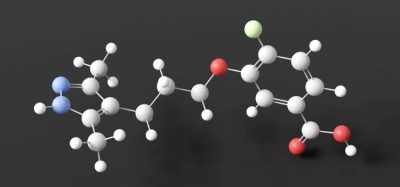Liposomal medicine names to be changed to avoid errors
Posted: 6 August 2019 | Rachael Harper (European Pharmaceutical Review) | No comments yet
The EMA has requested that liposomal medication names be changed to avoid the risk of confusion.


All marketing authorisation holders of medicines containing liposomal drug delivery systems are requested to submit to EU regulators a variation to change the names of these medicines as soon as possible before the end of September 2019.
This recommendation, made jointly by EMA’s human medicines committee (CHMP) and the Coordination Group for Mutual Recognition and Decentralised Procedures – Human (CMDh), aims to make a clearer distinction between liposomal and non-liposomal formulations of the same active substance to avoid medication errors.
Since the two formulations may have different biodistribution and release properties, medication errors can pose serious risks to the health of patients.
Following a number of reports of serious medication errors, some leading to death, and after consultation with EMA’s safety committee (PRAC), the CHMP and CMDh agreed on the following actions to reduce the risk of confusion between these medicines:
- In section one of the summary of product characteristics (SmPC), the qualifier ‘liposomal’ or ‘pegylated liposomal’ should be added after the invented name and before the strength. This is in line with the standard practice for qualifiers
- Where a medicine is approved with an ‘international non-proprietary name (INN) and company or trademark’ name, the qualifier ‘liposomal’ or ‘pegylated liposomal’ will be placed between the INN and the company name or trademark in section 1 of the SmPC
- The currently existing EDQM standard term ‘dispersion’, which includes liposomes in its definition, should be used consistently throughout the product information.
So far, there was no agreed approach to the naming of medicines containing liposomal or pegylated liposomal formulations. This recommendation is made to enable healthcare professionals and patients to better distinguish them from conventional medicines. This is a particular concern when electronic prescribing and dispensing tools are used as the medication information is not quite as clear.









